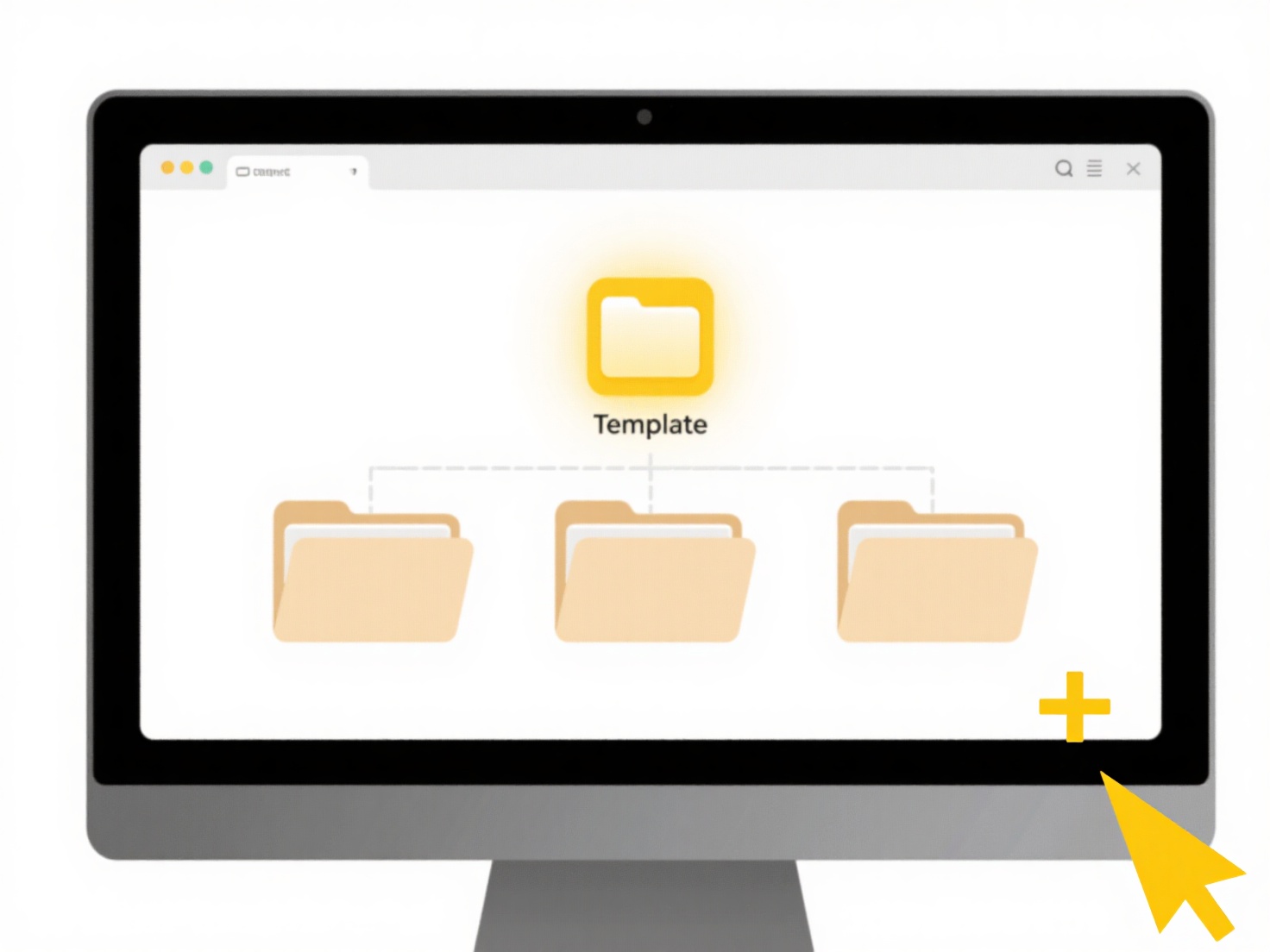
NFC tags and QR codes are physical triggers that store information. They don't directly rename files themselves. Instead, they trigger automated actions on smartphones or other devices when scanned. For renaming to happen, a scanning app or automation platform must interpret the scanned data and execute a script that actually changes the file's name on the device. While convenient for initiating actions, they are not file management tools in the classic sense.

For example, scanning an NFC tag on a product box in a warehouse could trigger a workflow on a worker's phone: the app could open the inventory system, find the relevant photo just taken, and rename it to include the product SKU stored on the tag. Similarly, an event photographer scanning a QR code on a venue check-in sheet might have an app rename the day's photo folder to include the event name and date encoded in the QR data. Automation tools like IFTTT or Tasker enable these mobile workflows linking scans to file actions like renaming.
While offering convenient automation for renaming by triggering scripts without manual input, this approach has limitations. It requires pre-configured automation, relies entirely on the mobile device/app executing the rename command, and isn't a native operating system feature. Security risks exist if tags trigger unauthorized scripts accessing or altering files. Thoughtful configuration is essential to avoid unintended file modifications or accidental triggering. Future integrations might involve more sophisticated contextual image recognition combined with scanning.
Can I rename files using NFC or QR triggers?
NFC tags and QR codes are physical triggers that store information. They don't directly rename files themselves. Instead, they trigger automated actions on smartphones or other devices when scanned. For renaming to happen, a scanning app or automation platform must interpret the scanned data and execute a script that actually changes the file's name on the device. While convenient for initiating actions, they are not file management tools in the classic sense.

For example, scanning an NFC tag on a product box in a warehouse could trigger a workflow on a worker's phone: the app could open the inventory system, find the relevant photo just taken, and rename it to include the product SKU stored on the tag. Similarly, an event photographer scanning a QR code on a venue check-in sheet might have an app rename the day's photo folder to include the event name and date encoded in the QR data. Automation tools like IFTTT or Tasker enable these mobile workflows linking scans to file actions like renaming.
While offering convenient automation for renaming by triggering scripts without manual input, this approach has limitations. It requires pre-configured automation, relies entirely on the mobile device/app executing the rename command, and isn't a native operating system feature. Security risks exist if tags trigger unauthorized scripts accessing or altering files. Thoughtful configuration is essential to avoid unintended file modifications or accidental triggering. Future integrations might involve more sophisticated contextual image recognition combined with scanning.
Related Recommendations
Quick Article Links
Why does resolution affect how media files open?
Resolution refers to the total number of pixels (tiny dots of color) making up an image or video, typically expressed as...
What file formats are universally supported?
Universal file formats refer to those readable across nearly all operating systems and devices without specialized softw...
How do I handle duplicates with similar content but different names?
Handling duplicates with similar content but different names involves identifying and managing entities or data entries ...